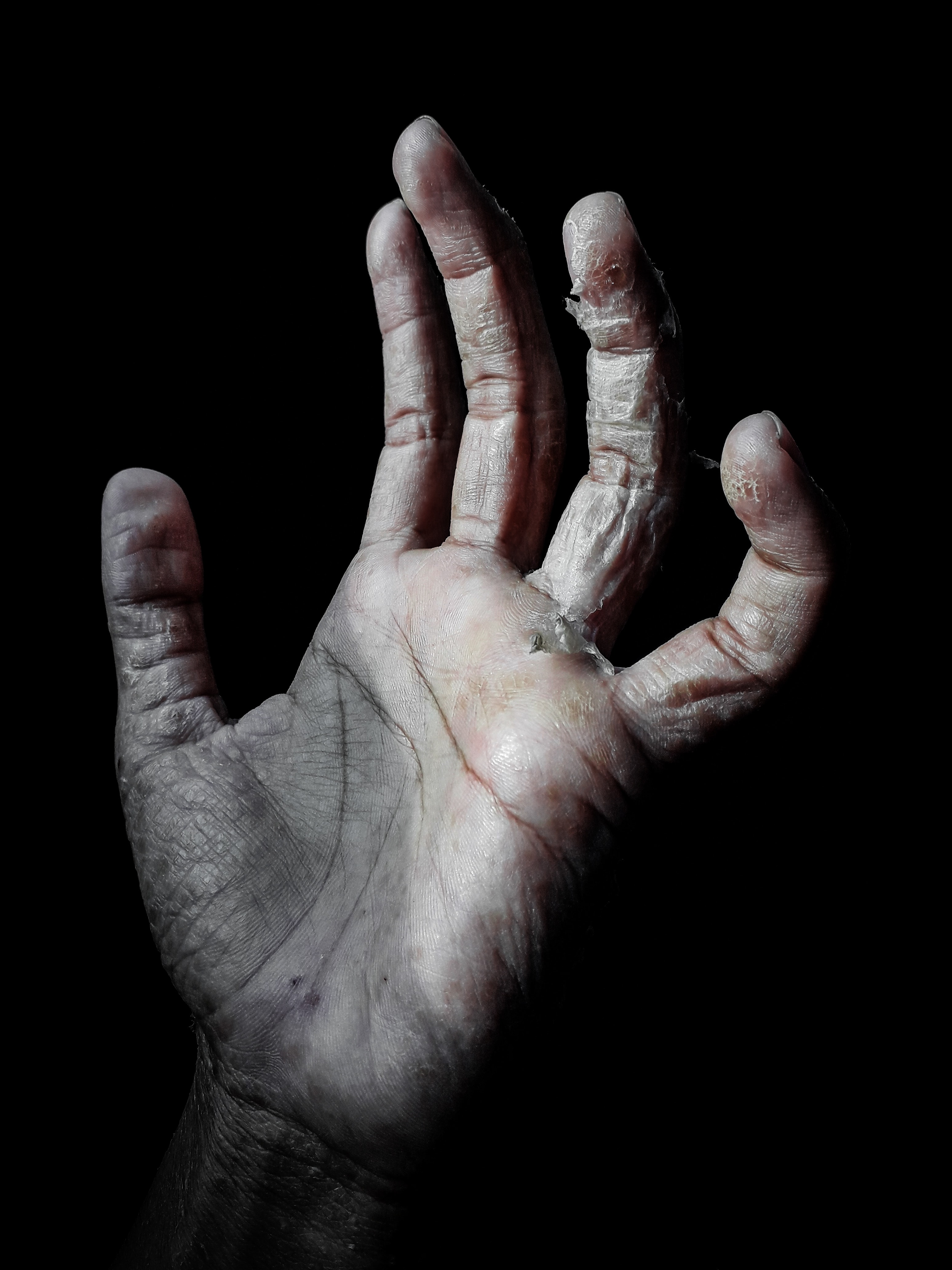Fungal nail infection

Onychomycosis or tinea unguium is a fungal infection the nail. Toenails are affected more often than fingernails. It occurs primarily in adults, most commonly after 60 years of age. Fungal nail infection is more than just a cosmetic problems, although patient often felt embarrassed about their nail disfigurement. Fungal nail infection can affect mobility and lead to infection ('cellulitis') which in a case of immunocompromised conditions like advanced age and diabetes can precipitate serious life-threatening infection with risk of amputation.
Dermatophytes, yeasts and nondermatophytic molds can infect the nails. It cause the nail to become thick, discolored (yellow, brown, or white), separated from the nailbed ('onycholysis'), fragile and easily cracked. Sometimes, the infection can spread to other part of the foot such as between the toes ('tinea pedis').
There are several risk factors that can predisposed you to getting fungal nail infections such as advanced age, having diseases that can cause your immune system to be compromised such as diabetes, poor blood supply to the legs ('peripheral vascular disease'), trauma to the nail, sport activities and excessive moist environment of the feet from prolonged close-fitted footwear.
The treatment of fungal nail infection can be challenging due to low rates of improvement with inconsistent outcomes and high relapse rate. Combination of treatment are often given but oral anti-fungal treatment is the first line of treatment for this conditions given by either pulse of continous dosing. Topical treatment alone are often ineffective due to poor penetration of topical anti-fungal treatment across the thick nail matrix
If you have further questions regarding fungal nail infection, come visit us for consultation for details information.



